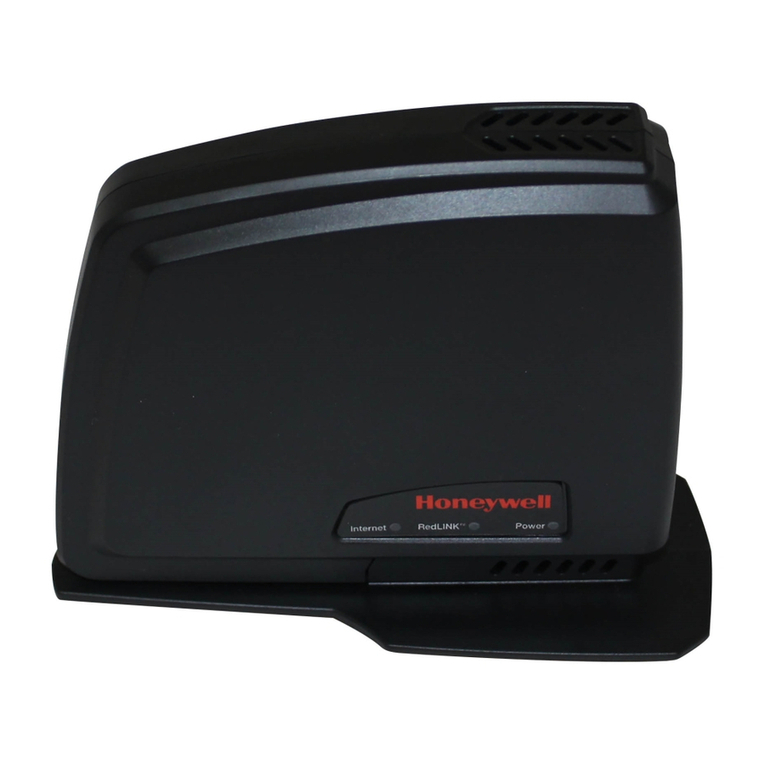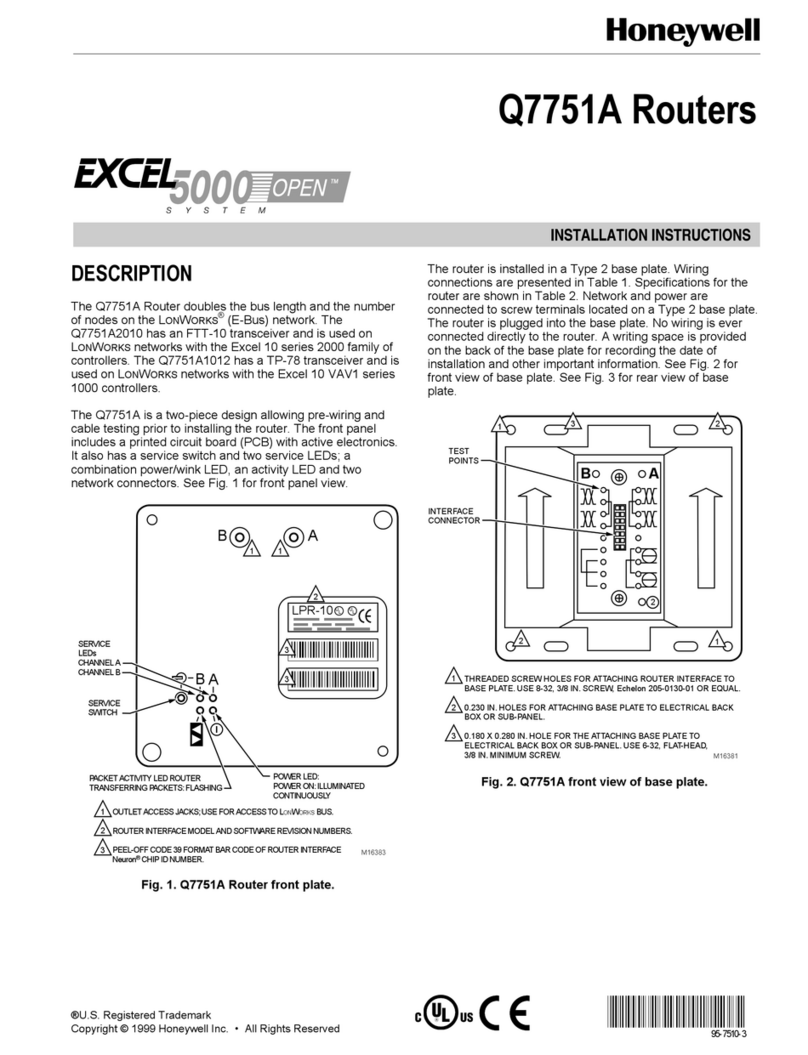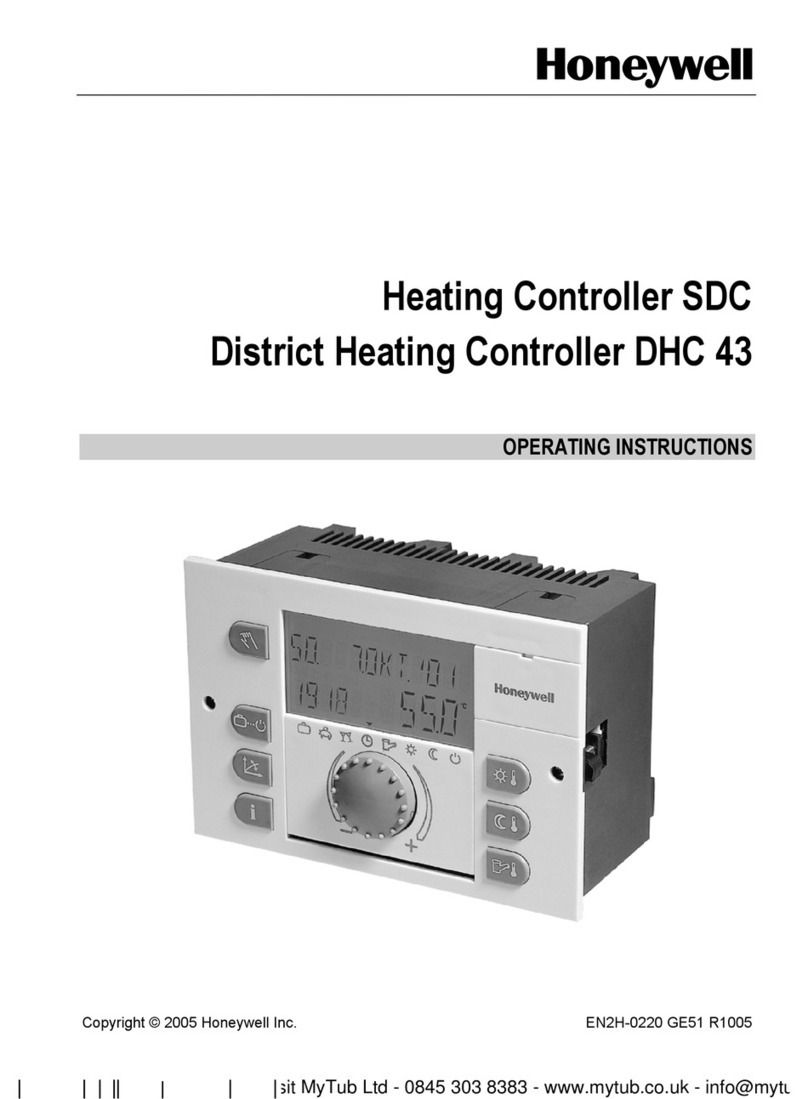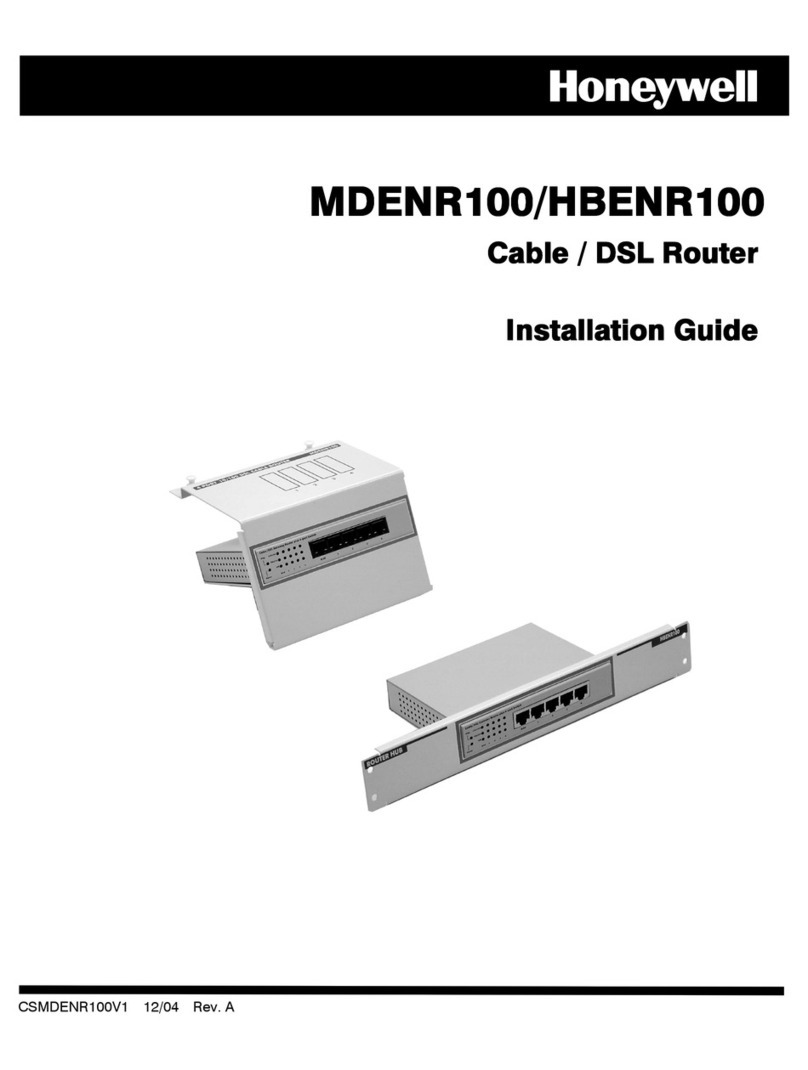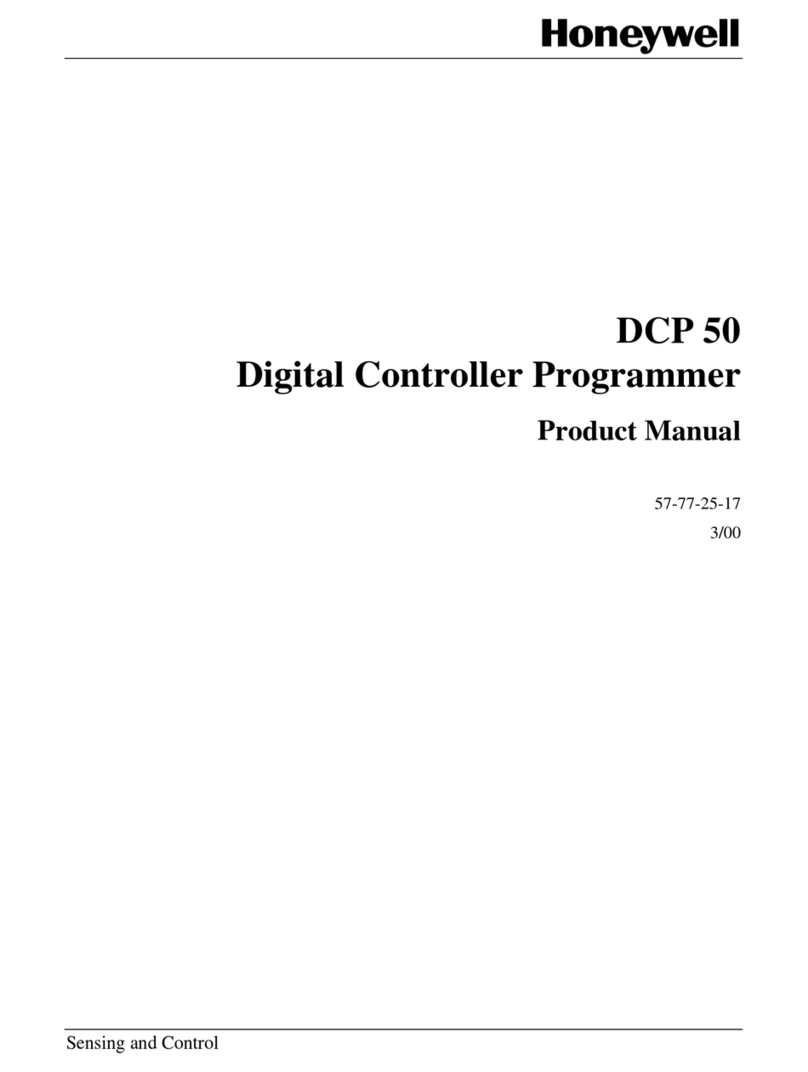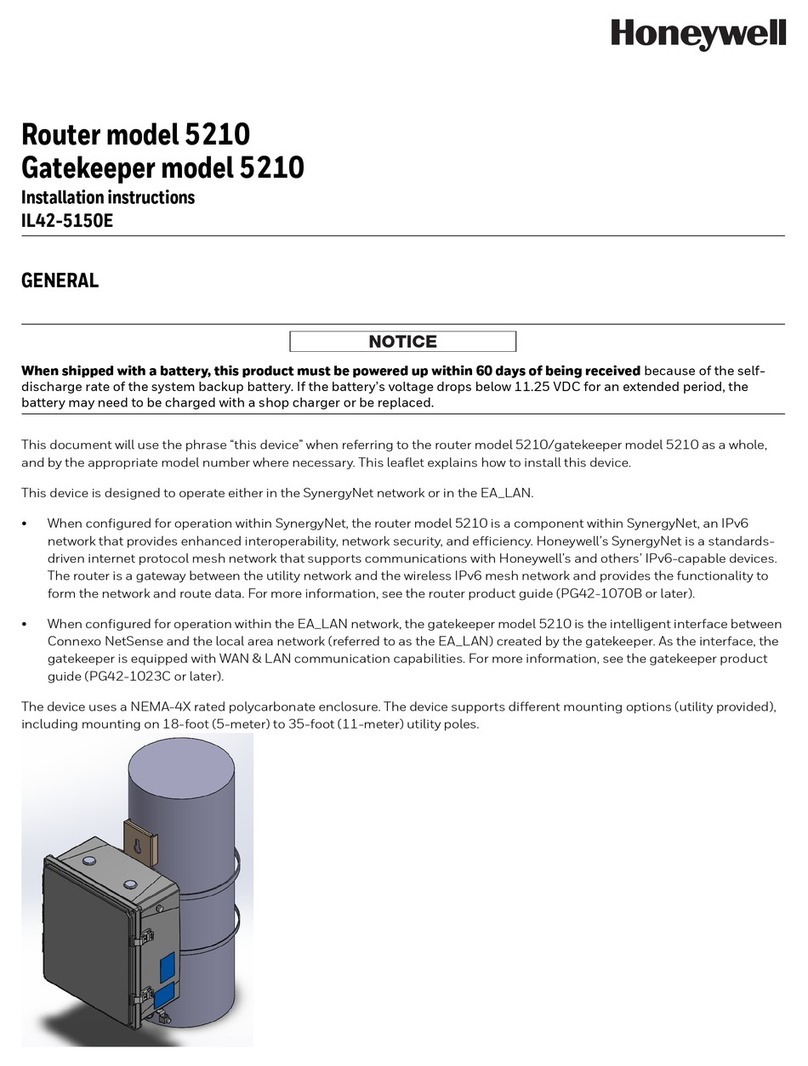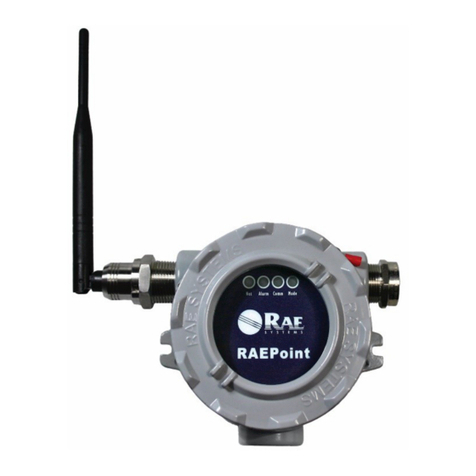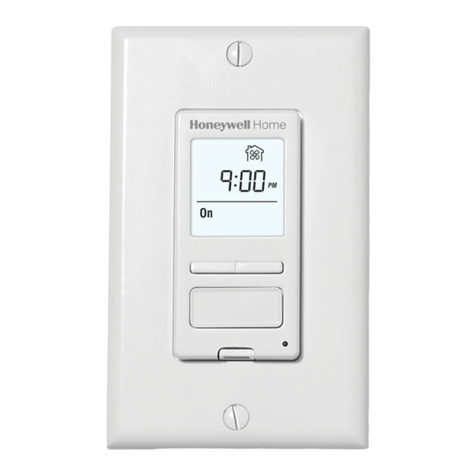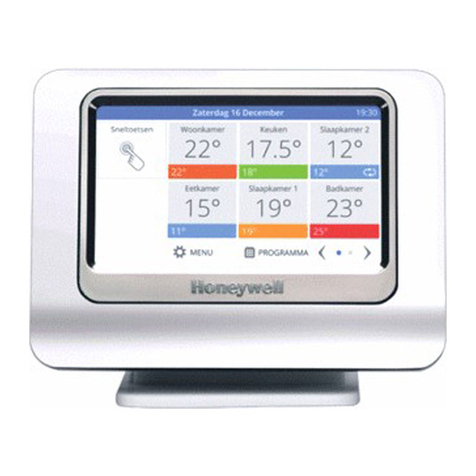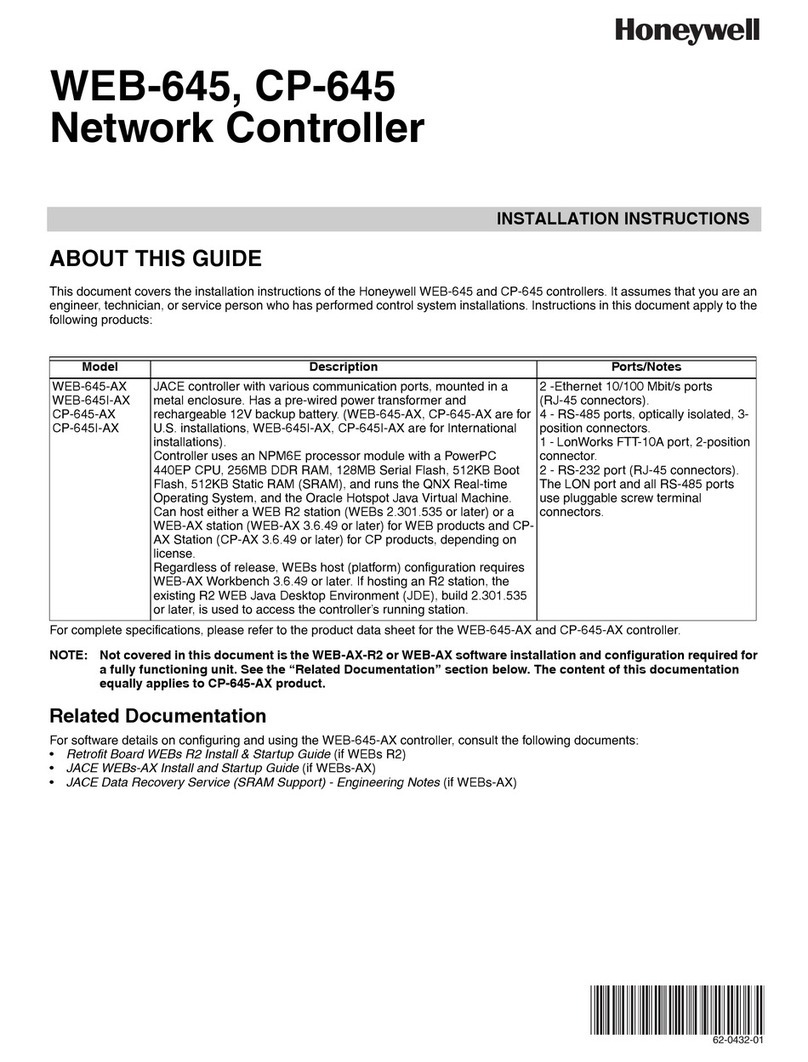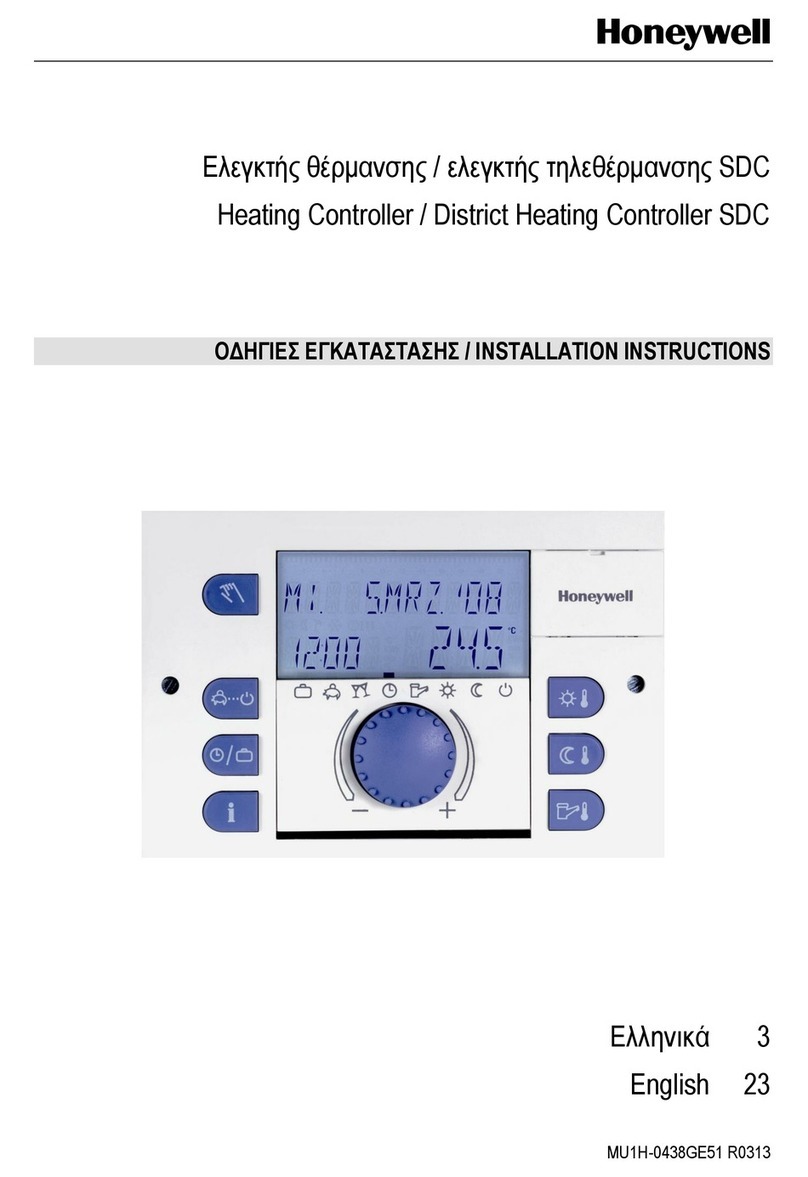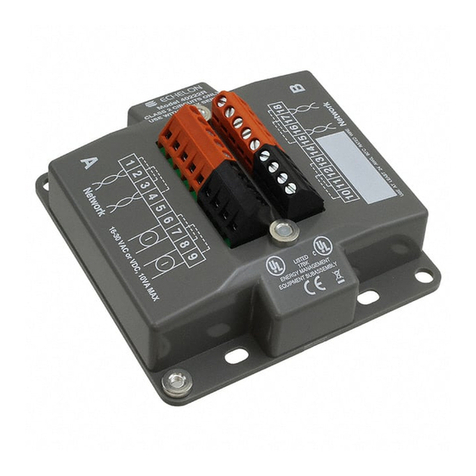
■■
Automatic funktions of the DHC 2
The flow temperature is controlled according to the heat requirement high enough so
that the wanted setpoints of the domestic hot water and of the room temperature are
reached. The room temperature can be regulated accurately using the thermostats
fitted to the radiators.
The DHC 23 selects the latest possible start of the temperature rise so that the required
room temperature is already reached at the set time.
The room temperature is lowered to a programmable value (night setpoint) in the night
during the heating period.
The pipelines are protected against freezing in that if there is a risk of frost, the heating
water circulates. The frost protection function is always active.
The connected sensors are detected and the type of control set to them automatically.
Sensor defects such as line breaks or short circuits are displayed.
The domestic hot water priority guarantees that the domestic hot water has its desired
temperature constantly in the times of domestic hot water readiness. An additional
interruption of the domestic hot water priority is possible.
The DHC 23 limits the return temperature to the value prescribed by the district heating
station.
To enable a temperature measurement in the return even with closed district heating
valve, the district heating valve is opened briefly every 1 minutes when heat is
required.
To avoid the heating circuit pump seizing, it is switched on daily for 1 minute.
The change from summer to winter time is automatic exactly at the correct time.
All data are protected by a battery against a power failure.
Further information on the functions and operating parameters is provided in the
Service by the heating specialist chapter.
Outside temperature compensated
flow temperature control
Heat-up optimization
Night-time cut-off
Frost protection function
Sensor detection
Domestic hot water priority
Maximum limitation of the district
heating return temperature
Interval flushing
Automatic pump preventive
maintenance operation
Summer/winter time change
Data protection
SAFETY NOTES DHC 23
2
10878_BDA_DHC23_engl_neu 06.09.1999 13:50 Uhr Seite 4
